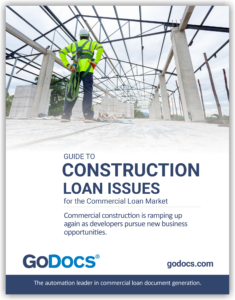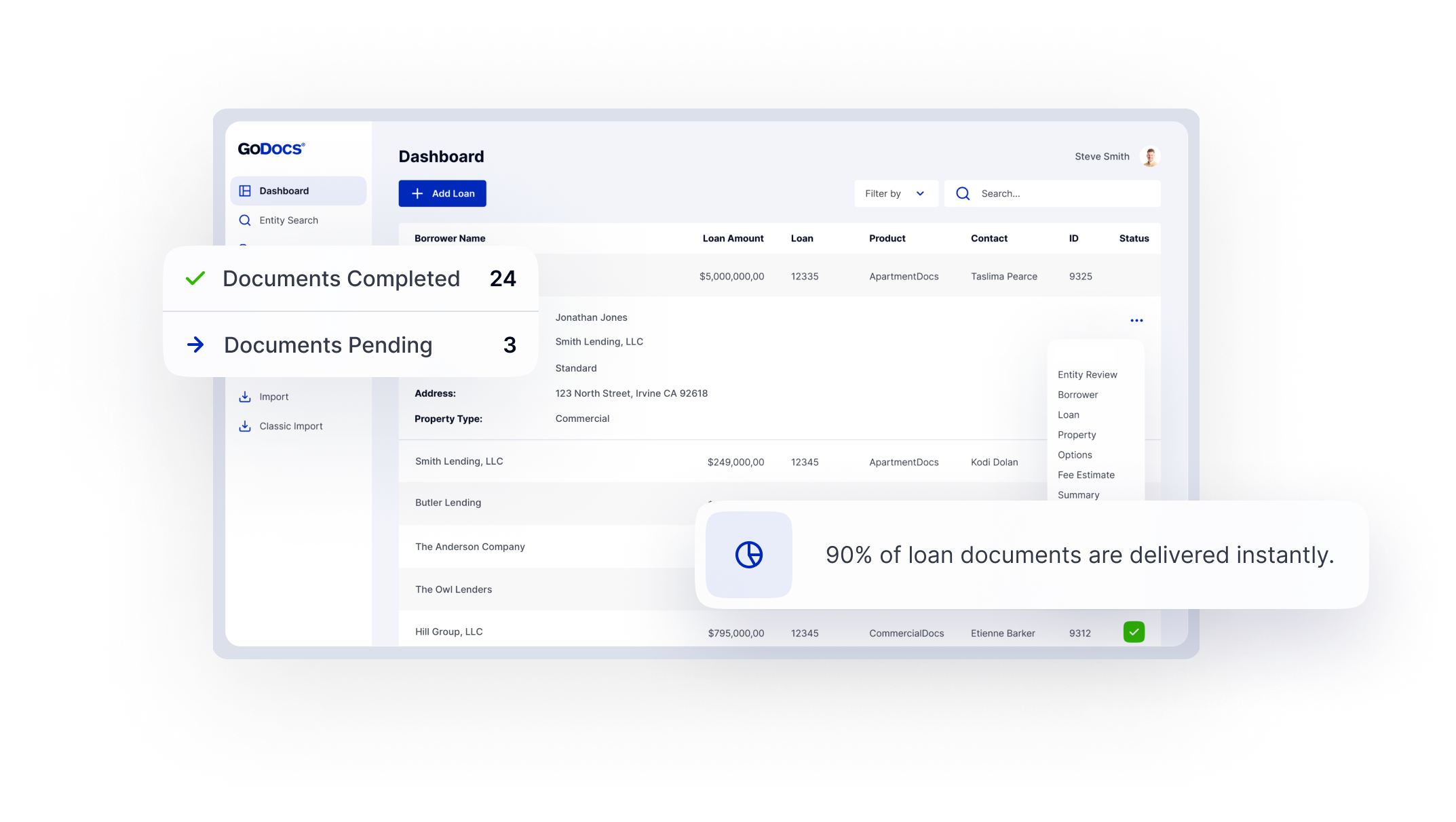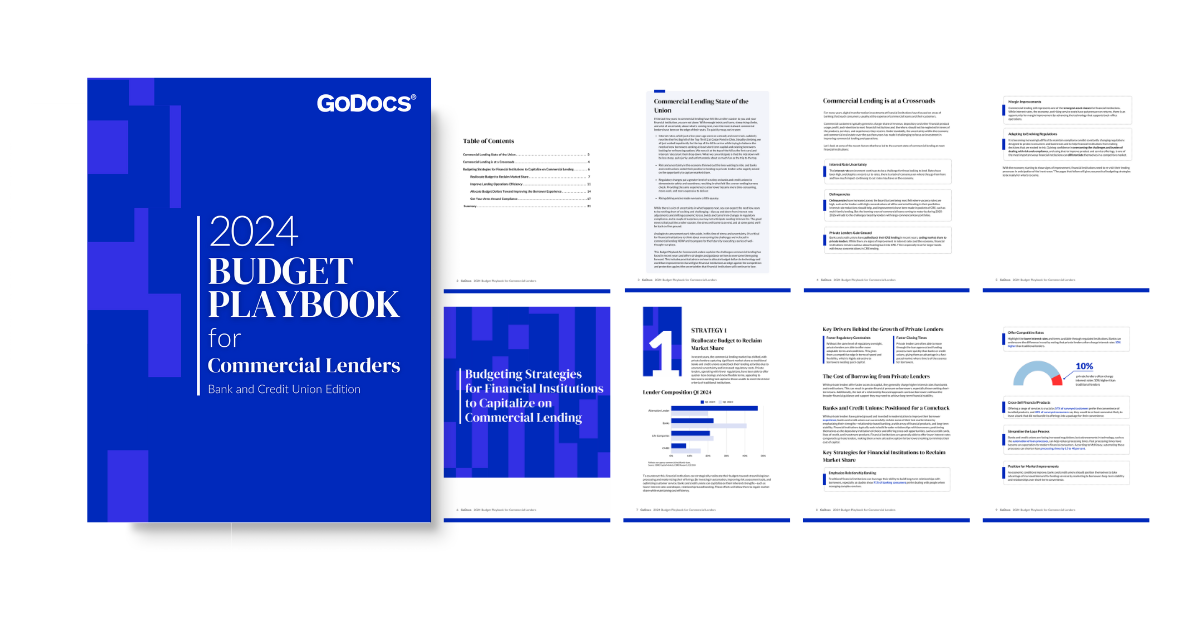For commercial lenders, the New York lien laws for ground-up construction and fix and flip projects can be tricky. Reflecting the growing interest in New York’s market, we hear from our lenders about their desire to expand their lending into the New York market, especially in sectors like ground-up construction and fix and flip loans. This interest is often accompanied by widespread concern: loan documents prepared by non-New York law firms may not include the necessary New York lien law and other state-specific requirements essential for construction and rehabilitation projects. These elements, collectively known as the “NYS Lien Law Formalities,” are critical to ensure loans are properly documented and secured. Neglecting these formalities could jeopardize a lender’s position, affecting their lien priority once the loan closes.
Commercial lenders, intent on diversifying and enriching their portfolios with New York-based projects, face a significant hurdle. The specificity required in documentation under New York’s laws is not just a formality but a legal necessity. The apprehension arises from the potential inadequacy of loan documents that might not comply with New York-specific legal standards, leading to potential vulnerabilities, particularly concerning lien priority.
The implications extend broadly within the lending community, affecting not just the initial lenders but also any future entities that might acquire these loans. The backbone of this concern lies in the detailed nature of the New York lien laws, which are meticulously designed to protect various stakeholders involved in construction projects. The laws ensure that contractors and subcontractors are compensated for their work, thereby maintaining a transparent and equitable financial environment.
New York Lien Laws
What's at Stake for Lenders?
What’s at stake for the lender is their priority position in case of a default or legal dispute. According to New York’s specific rules, lenders must follow particular steps and fill out certain documents detailing how specific funds from the loan are used for project-related expenses. For instance, funds intended for “costs of improvement” (as defined under New York Lien Laws) are tied specifically to a “building loan.” This type of loan necessitates a “Building Loan Agreement,” along with other supportive documents like a Section 22 Affidavit, which need to be officially filed with the local county clerk where the property is situated, not simply included in the county land records. This filing is not just procedural but serves as a critical legal measure that controls how funds are allocated, ensuring clarity among all parties involved and maintaining the lender’s priority with the “building loan” mortgage.
Get the Guide
Construction Loan Issues for Commercial Lenders
Get the easy-to-understand, comprehensive guide to avoid the risks and pitfalls associated with construction loans.

If the lender intends to use loan funds for purchasing the property or for covering specific project costs not defined as “costs of improvement,” these must be outlined and issued through distinct “acquisition loan” and “project loan” types, respectively. Essentially, each type of loan—whether for building, acquiring, or funding the project—demands its unique contract, promissory note, and mortgage. In practice, for a single ground-up construction or fix and flip project, the lender might be managing two to three separate loans to support the entire scope of the project costs.
The solution for lenders looking to navigate this complex terrain lies in meticulous compliance and adaptation. Understanding the intricacies of the New York lien laws and ensuring all documentation is up to the required standard is paramount.
New York Lien Laws
GoDocs' Commercial Lenders are Covered
The GoDocs commercial loan document solution addresses the dual needs for compliance and efficiency. By providing customized and state-specific documentation within our platform, we ensure that our clients can meet New York’s stringent legal requirements without sacrificing operational fluidity. Our system is designed not only to safeguard lien priority but also to streamline the lending process, allowing lenders to focus on their core business growth while remaining confident in the legality and security of their New York lending activities.
As commercial lenders look to tap into the dynamic and profitable New York real estate market, the importance of adhering to the formalities of the New York Lien Laws cannot be understated. With GoDocs, lenders have a reliable and knowledgeable partner, delivering an ‘always-compliant’ loan document automation solution to navigate these legal waters, ensuring that their expansion into New York is both successful and secure.
New York Lien Laws
GoDocs: Ensuring Compliance, Efficiency, and Simplicity
GoDocs delivers a trusted, cutting-edge automated solution, designed to ensure lenders can confidently extend their services into New York’s lucrative market without compromising on compliance or efficiency.
- Comprehensive Compliance: Aligns with the New York lien laws, including Building Loan Agreement and Section 22 Affidavit to safeguard lien priority.
- Flexibility in Documentation: Streamlines standard documentation and offers a robust solution, catering to varied customer business decisions and project needs while ensuring legal adherence.
- Risk Mitigation: Implements transparent communication minimizing lien subordination risks.
- Cost-Effective Solutions: Balances compliance with cost, offering essential documentation options to manage expenses effectively.
- Expert Support: Provides access to experts specializing in New York lien laws, guiding lenders through compliant loan structuring and documentation processes.
Experience the Future of Commercial Loan Document Automation
Discover GoDocs, the leading SaaS solution powered by the sharpest legal minds in CRE! Schedule a demo today to elevate your lending process and to gain your competitive advantage.
Gain a Competitive Edge with GoDocs
To maintain or gain the competitive edge and strive to be #1 in the lending industry, commercial lenders must continually adapt and evolve. Embracing next-generation technologies and solutions becomes imperative, and that includes harnessing the power of the loan document automation ecosystem offered by GoDocs. By leveraging GoDocs’ cutting-edge automation tools, private lenders can streamline their loan document processes, improve efficiency, reduce errors, reduce resources, and enhance operations to handle any loan type, any loan size, and any loan volume while mitigating risk automatically.

How Banks and Credit Unions Can Prepare for the Coming SBA Loan Surge
Small business lending is poised for an upswing. With renewed federal backing, shifting economic conditions, and a surge in entrepreneurial activity, SBA loans, especially 7(a)

When Others Shelter, It’s Your Time to Lead
In Uncertain Times, Precision and Intentional Action Set Top Lenders Apart When the market feels uncertain, many commercial lenders instinctively pull back. They pause loan

How Should Lenders Approach Loan Modifications in 2025?
Commercial Loan Modifications Are Coming in 2025: Here’s How Financial Institutions Should Prepare If your institution isn’t already reviewing its loan portfolio for loans that



